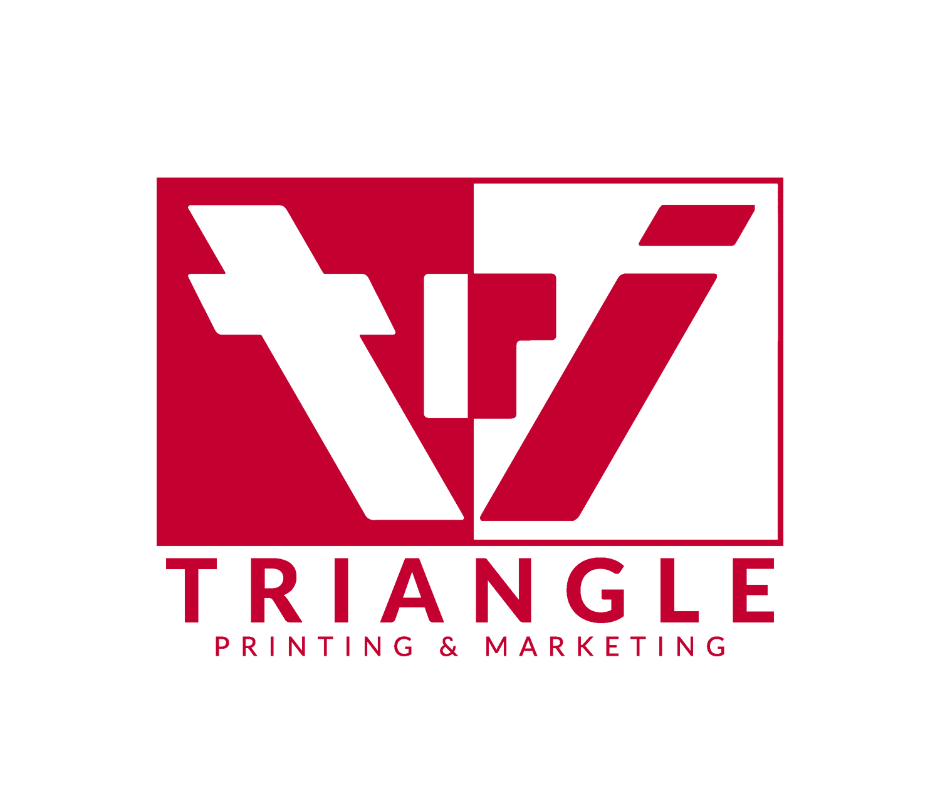Print Catalogs in the Digital Age
In an era dominated by digital media, the resurgence of print catalogs might seem like a step back in time. However, this renewal is a testament to the unique value and appeal that print catalogs continue to offer in the digital age. Despite the convenience and accessibility of online shopping, print catalogs have carved out a niche for themselves, proving that they are more than just a nostalgic reminder of a pre-digital era.
The appeal of print catalogs lies in their tactile nature. There is something inherently satisfying about flipping through glossy pages, a sensory experience that digital screens cannot replicate. This physical interaction creates a more immersive experience, allowing customers to engage with products in a different way. It's not just about seeing a product; it's about feeling the catalog in your hands, hearing the rustle of the pages, and even smelling the ink on paper. This multi-sensory engagement helps forge a stronger emotional connection with the brand, enhancing the customer experience.
Furthermore, print catalogs offer a form of escapism. In a world where digital fatigue is increasingly common due to the constant bombardment of emails, pop-up ads, and social media notifications, a print catalog provides a welcome respite. It allows customers to leisurely browse through products without the distractions and interruptions typical of online browsing. This relaxed and uninterrupted browsing experience often translates into better customer engagement and, potentially, more sales.
Print catalogs also serve as a powerful marketing tool. They allow brands to tell their story in a curated, visually appealing manner. High-quality images, creative layouts, and compelling narratives can make catalogs a strong medium for brand storytelling. They can be particularly effective for luxury brands, for whom the quality and design of the catalog can reflect the exclusivity and elegance of the products themselves.
The integration of print catalogs with digital strategies further underscores their relevance in today's market. Many businesses are combining the allure of print with the interactivity of digital media. QR codes, augmented reality, and URLs included in print catalogs bridge the gap between the physical and digital worlds.
The resurgence of print catalogs in the digital age is not just a fleeting trend but a recognition of their unique value in the marketing mix. They offer a tangible, engaging experience that complements digital strategies, thereby enhancing brand identity and customer engagement. As we continue to navigate the digital world, print catalogs remind us of the enduring power of physical media and its role in creating a comprehensive and immersive brand experience.
Often times businesses are discouraged when they find that in most cases, there is a high print minimum required for a catalog run. However, at Triangle Printing and Marketing we have the ability to deliver short runs anywhere from 1 to 500...or more!
If you're thinking about designing and printing catalogs for your business, please reach out to us for more information. We're excited to help you bring your brand to life through print!



